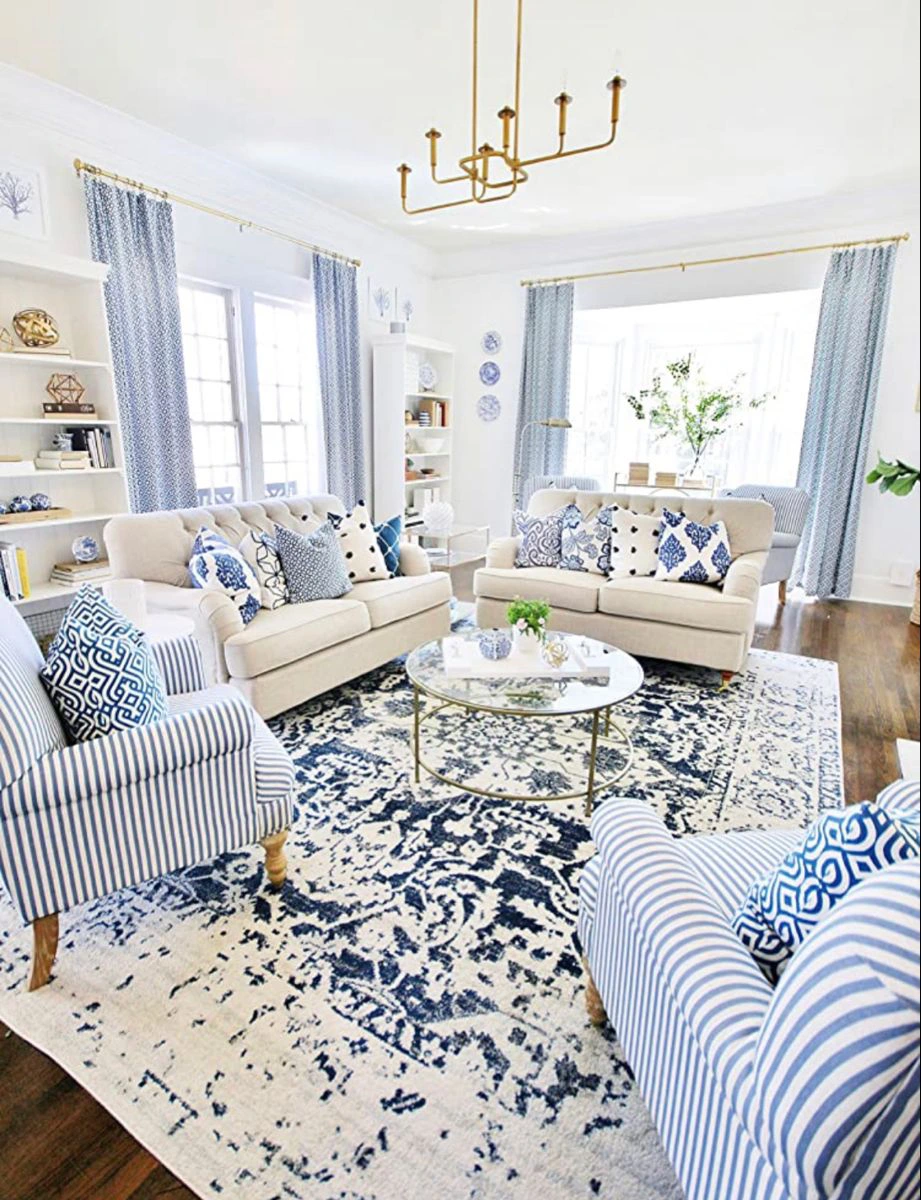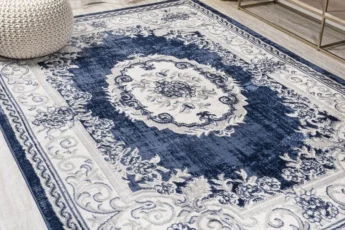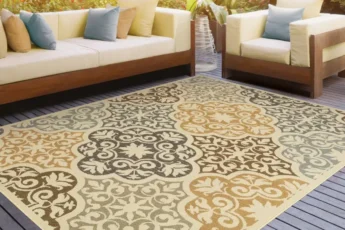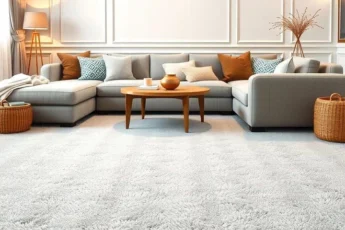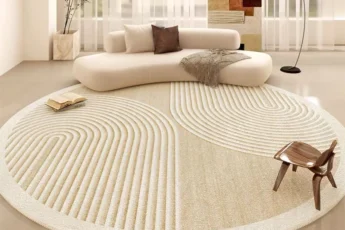There’s something about a carpet that settles a room. Whether soft, rough, bold, or quiet, carpets bring a space together in ways that flooring alone can’t manage. They’re not just underfoot extras; they hold color, texture, warmth, and shape. And in interior decoration, they often do more work than the walls. From defining zones to dampening sound, their role isn’t always obvious, but it’s everywhere.
In this blog by Carpets Store, we’ll take a closer look at roll carpets in shape interiors, what they do beyond the visible, and why every well-dressed room—no matter the theme—has a rug playing a role.
Why Carpets Do More Than Cover Floors?
Floor Carpets aren’t background props, not when chosen right. They anchor rooms and change the walk by providing much control over light bounce. Also, they take a large space and break it into smaller, softer ones. Without adding walls or furniture, a carpet helps guide movement and mood. And that’s before you even get to color or material.
1. Framing and Zoning Rooms
In open floor plans, carpets are often the only divider between “where the dining ends” and “where the lounge begins.” A large rug under a sofa and coffee table frames the seating area. A smaller one under a table says, This is the eat zone.
In small spaces, this framing effect feels even more important. It can shrink or stretch the look depending on size and placement. Hall runners draw the eye forward, making corridors feel longer. Round rugs soften corners. It’s a layout without structure.
2. Texture Adds Warmth and Depth
Hard flooring such as tiles, concrete, marble, etc, can look sleek. But it often feels cold. Not just temperature-wise, but visually too. That’s where carpets step in. A plush surface changes how light hits a space. It absorbs echo, softens steps, and makes sharp rooms feel lived-in.
And it’s not always about softness. Sisal, jute, or flatweave rugs have a raw, grounded quality. They bring in roughness where everything else might be polished. That balance of surfaces makes a room feel textured and complete.
3. Color Brings Character
Some decorators pick the carpet last, while others build the room around it. Either works, as long as there’s a thread that runs through the design. Carpets can blend or break the indoor design. For instance, a quiet grey rug in a neutral room adds calm. On the contrary, a red Persian throws in attitude.
The thing is: floors take up a lot of visual space. So even if your carpet isn’t shouting, it’s still speaking. Especially in rooms where walls are bare or white, a carpet might be the only splash of color that gives the room a point of view.
4. Sound Absorption and Acoustic Control
A less glamorous but very real function is that carpets eat sound. Especially in apartments or multi-floor homes, rugs are essential to stop noise from bouncing around. No echo and no tapping heels, just pure quietness. Bedrooms carpets feel more peaceful. Living rooms without them often sound hollow.
And while curtains and cushions help, nothing absorbs like fabric underfoot. Even thin rugs make a difference. For high-ceilinged rooms or media zones, carpets are part of the acoustic solution, i.e., quiet, soft, and practical.
5. Mood Setting With Patterns and Prints
Stripes, florals, and geometrics all change the energy of a room. Patterns in rugs aren’t just decoration. They carry cultural hints, age, and tone. A traditional Kashmiri design says something different than a Scandinavian flatweave.
Some folks use bold carpets to distract from worn furniture. Others use calm ones to tame loud walls. Either way, the pattern plays a mood game. It can feel cheerful, formal, grounded, or even playful depending on what’s under your feet.
6. Cultural or Personal Identity
Carpets are deeply tied to place. Moroccan, Turkish, Persian, and Afghani, they each carry stories, weaving traditions, and regional colorways. Bringing one into a modern home doesn’t just add style, it adds time and place.
For some, a carpet is a reminder of home. For others, it’s a collected piece. Either way, it’s not just functional. It becomes emotional. Something chosen, brought in, and placed with care.
7. Seasonal Flexibility and Layering
Light cotton or flatweave rugs work best in summer months; easy on the feet, cooler underfoot. Come winter, thick wool or shag rugs take over. Some households rotate rugs depending on the season. It’s a smart way to keep spaces feeling fresh, while also adjusting to comfort needs.
Layering rugs, one large neutral base with a smaller patterned rug on top, is another growing trend. It allows for more control. You keep the base, but change the mood depending on what’s layered.
8. Helping Small Spaces Feel Bigger
This might sound backwards, but it’s true. A well-sized rug can make a small room feel larger. It’s about visual boundaries. When furniture sits halfway off a rug, it fragments the space. But when a rug runs under all key pieces, it connects them. Makes the room feel like one unit.
Light-colored rugs also help. They bounce more light and reduce visual weight. So instead of bare tiles making the room feel cold and tight, a light rug opens it up.
9. Comfort Where It Matters
At the end of the day, feet matter. Kids crawl, pets nap, and you just want to kick shoes off. A good carpet means comfort. It’s where your baby lies down, where guests stand and chat, where you kneel to fix the remote. Without it, the space might look fine, but it doesn’t feel finished.
Final Words
Decorating isn’t always about big, bold changes. Often, it’s about quiet decisions, where the carpet plays a lead role without grabbing attention. It balances rooms. Warms up space. Grounds furniture. Adds softness where needed. And gives each room a little soul. So the next time a room feels “almost right,” look down. Maybe what it needs isn’t more stuff. Just a good carpet.


